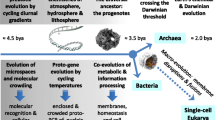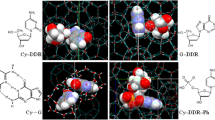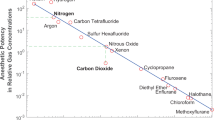Summary
An equation is developed that describes the condition of homeostasis in a general molecular system containing catalysts. In a prebiotic environment, this condition first results from a critical level of catalytic feedback in feedback loops containing differing organic molecular species. This critical level results in temporary exponential growth in concentrations of those catalyst species participating in the feedback loops, leading to homeostasis as the steady-state endpoint. None of the molecules in any feedback loop need be self-replicating for this autocatalysis to occur. Homeostasis is regarded as a definition of life at the lowest possible hierarchical level. A general mathematical boundary condition is derived for the critical level of catalytic feedback mentioned above-in effect, an origin of life condition. The paper argues that any natural prebiotic system of organic molecules in an H2O medium will automatically form many catalytic feedback loops, even if of very low catalytic efficiency. The analysis in this paper indicates that high temperatures strongly increase the efficiency of such catalytic feedback. If the temperature and total concentration of carbon in the system (e.g., in CO2, CH4, etc.) are sufficiently high, the critical condition for initial exponential growth will be attained. High initial temperatures for the earth are predicted by the planetesimal accretion model.
Similar content being viewed by others
References
Dyson F (1982) A model for the origin of life. J Mol Evol 18: 344–350
Dyson F (1985) Origins of life. Cambridge University Press, Cambridge
Eigen M, Gardiner W, Schuster P, Winkler-Oswatisch R (1981) The origin of genetic information. Sci Am 244:88–118
Fox SW (1988) The emergence of life. Basic Books, New York
Hahn JH, Zenobi R, Bada JL, Zare RN (1988) Application of two-step laser mass spectrometry to cosmogeochemistry: direct analysis of meteorites. Science 239:1523–1525
Jencks WP (1967) Catalysis in chemistry and enzymology. Dover Publications, New York, p 620
Kraut J (1988) How do enzymes work? Science 242:533–540
Kvenvolden KA (1974) Amino and fatty acids in carbonaceous meteorites. In: Dose K, Fox SW, Deborin GA, Pavlovskaya TE (eds) The origin of life and evolutionary biochemistry. Plenum, New York
Oparin AI (1938, reprint, 1953) Origin of life. Dover Publications, New York
Wald G (1954) The origin of life. Sci Am 191:45–53
Wetherill G (1985) Occurrence of giant impacts during the growth of the terrestrial planets. Science 228:877–879
Author information
Authors and Affiliations
Rights and permissions
About this article
Cite this article
Post, R.L. The origin of homeostasis in the early earth. J Mol Evol 31, 257–264 (1990). https://doi.org/10.1007/BF02101121
Received:
Revised:
Accepted:
Issue Date:
DOI: https://doi.org/10.1007/BF02101121




